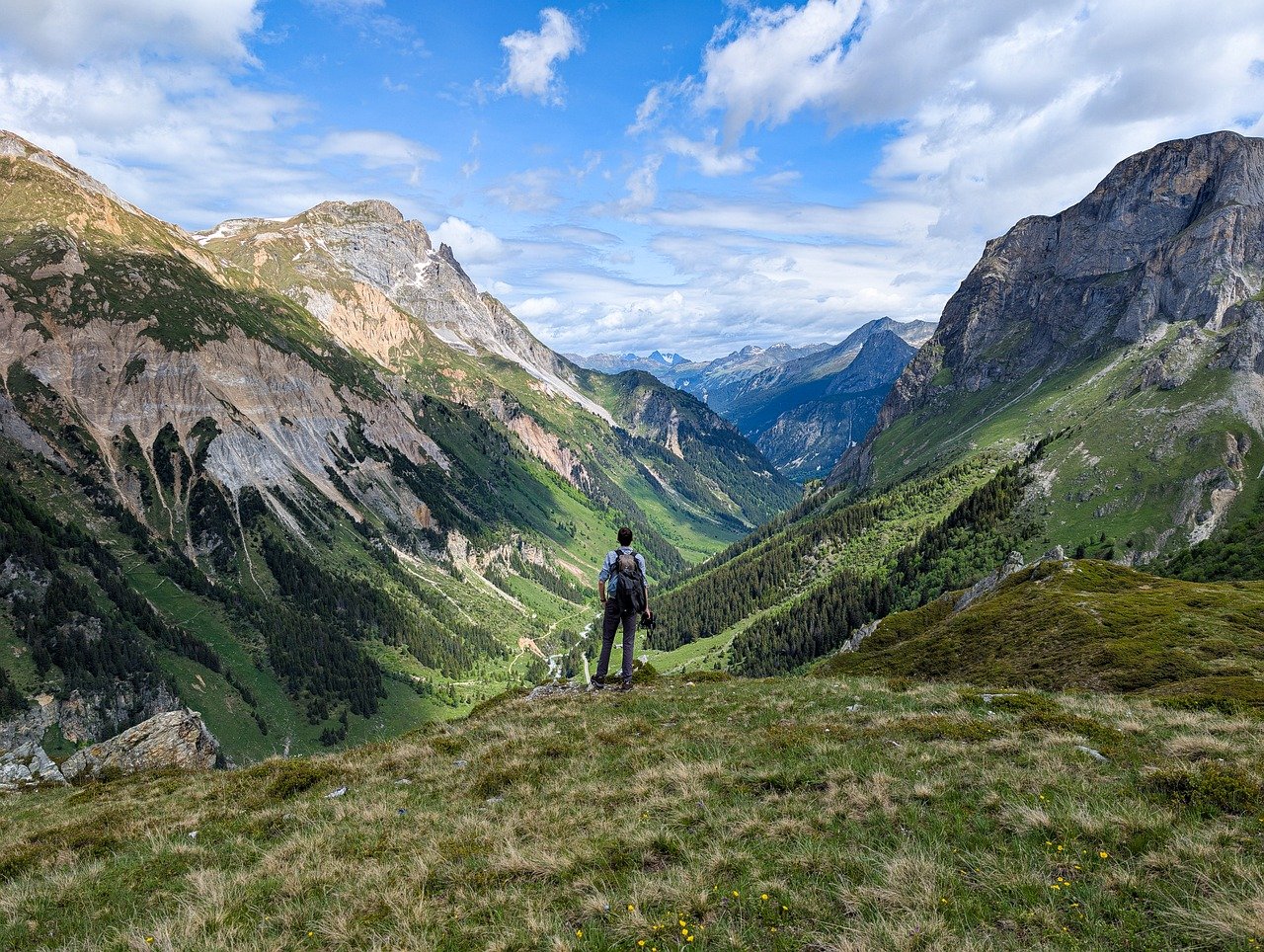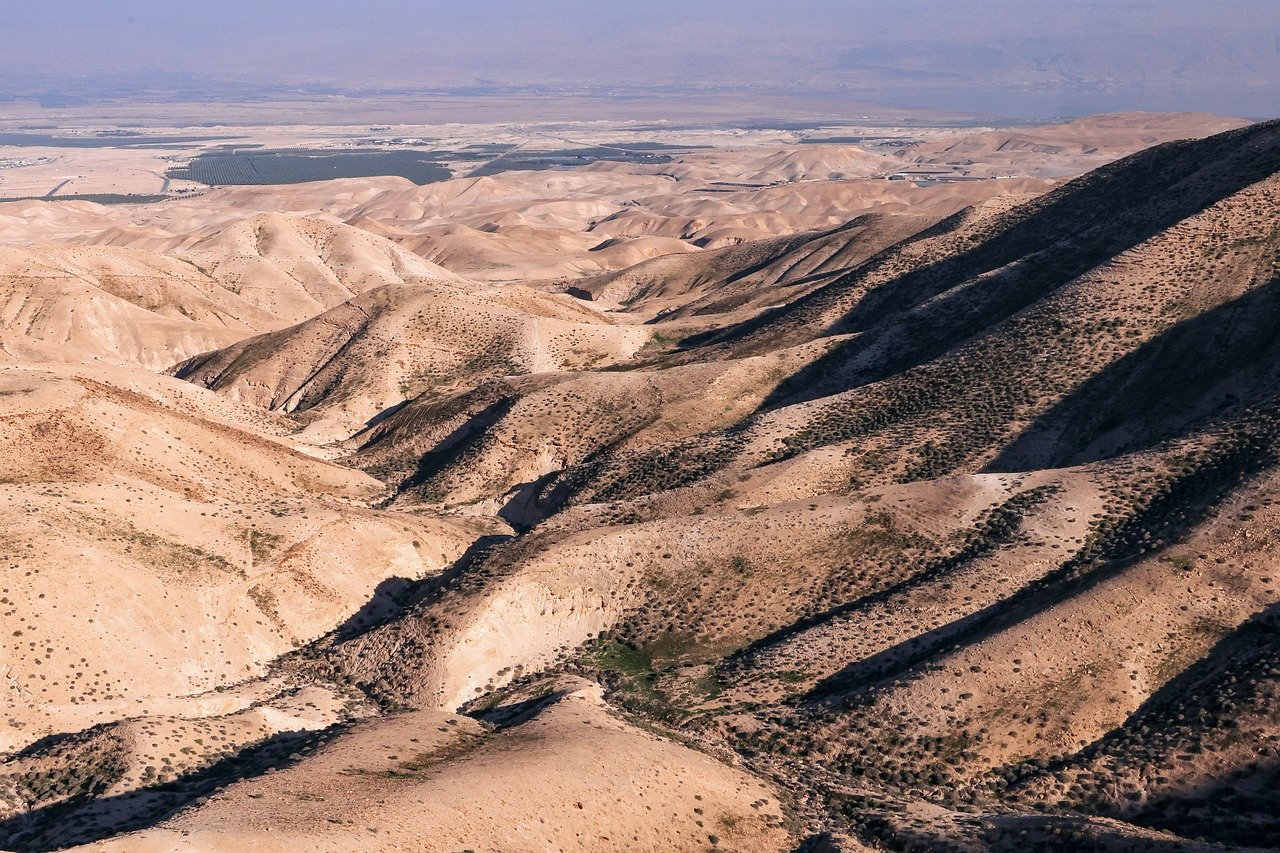Unveiling Brazil‘s Natural Wonders: Top National Parks and How to Visit
Brazil, a country renowned for its vibrant culture, sprawling cities, and football fervor, is also blessed with an abundance of natural beauty. Home to diverse ecosystems, Brazil offers some of the most breathtaking national parks in the world. From the lush Amazon Rainforest to the majestic Pantanal wetlands, Brazil’s national parks present a rich tapestry of flora and fauna. In this blog post, we’ll take you on a journey through Brazil’s top national parks and provide essential tips on how to visit these natural wonders.
1. Exploring the Amazon Rainforest in Jaú National Park
The Amazon Rainforest is synonymous with biodiversity, and Jaú National Park is a crown jewel within this verdant expanse. Spanning over 5.6 million acres, it is one of the largest forest reserves in South America. Visitors to Jaú National Park can immerse themselves in the symphony of nature, with opportunities to witness unique wildlife such as the elusive jaguar, pink river dolphins, and hundreds of bird species.
Access to the park is primarily via boat, with tours departing from the city of Manaus. It’s advisable to join a guided tour, as seasoned guides provide valuable insights into the park’s ecology and ensure a safe experience. Accommodation options range from rustic lodges within the park to more comfortable hotels in Manaus.
2. Discovering the Pantanal at Pantanal Matogrossense National Park
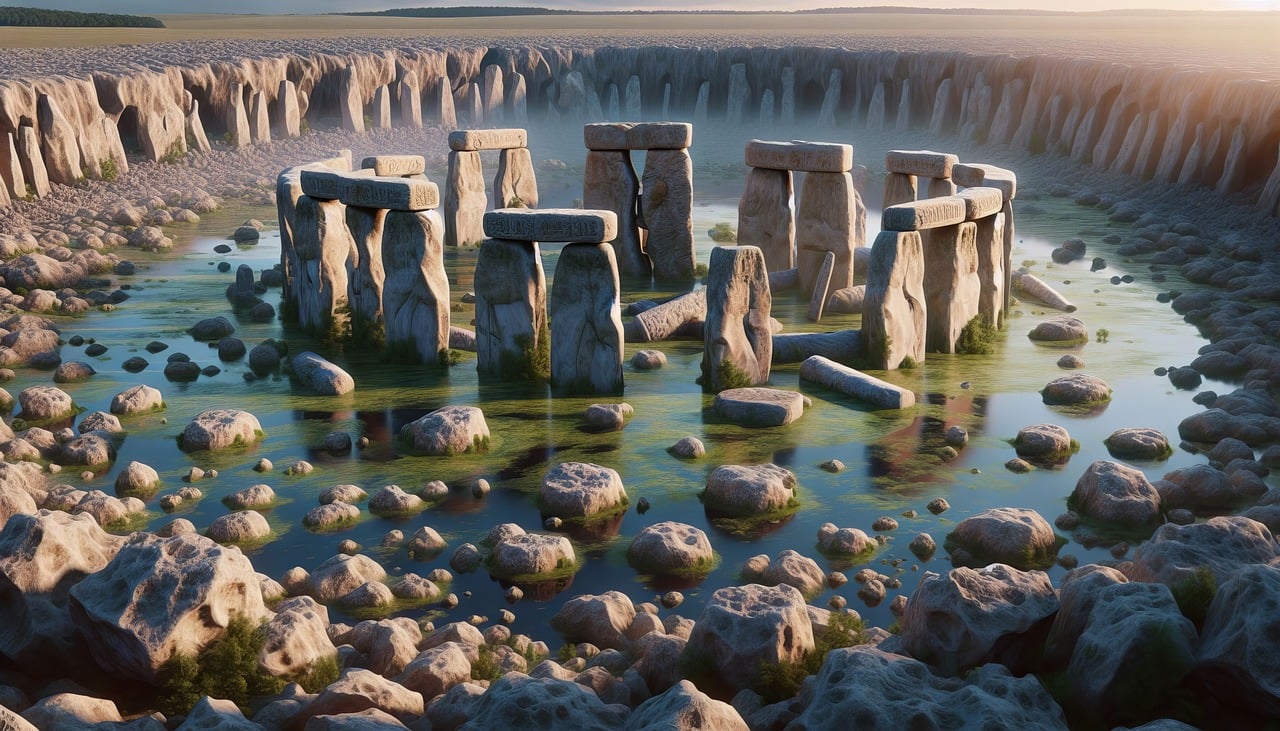
The Pantanal is the world’s largest tropical wetland and a UNESCO World Heritage site. Unlike the dense Amazon, the Pantanal’s open landscapes offer unparalleled wildlife viewing opportunities. Pantanal Matogrossense National Park is a haven for birdwatchers, with over 650 bird species, including the striking Hyacinth Macaw.
Visitors can explore the park by boat or on horseback, with the dry season (May to October) being the best time for wildlife spotting. The towns of Cuiabá and Campo Grande serve as gateways to the Pantanal, with various tour operators offering customized safari experiences. Whether you’re keen on photographing capybaras or tracking elusive jaguars, the Pantanal promises unforgettable adventures.
3. The Enchanting Landscapes of Chapada Diamantina National Park
Nestled in the heart of Bahia, Chapada Diamantina National Park is a hiker’s paradise. Known for its dramatic cliffs, cascading waterfalls, and hidden caves, this park offers a unique blend of natural beauty and adventure. The iconic Fumaça Waterfall, one of Brazil’s highest, is a must-see, as is the mystical Lapa Doce cave system.
Lençóis, a charming colonial town, serves as the main base for exploring Chapada Diamantina. Several tour companies offer guided treks ranging from half-day excursions to multi-day hikes. Due to the park’s vastness, guided tours are recommended for safely navigating the trails and maximizing your experience.
4. Iguazu National Park: A Symphony of Waterfalls

No list of Brazil’s national parks would be complete without mentioning Iguazu National Park. Straddling the border between Brazil and Argentina, the park is famed for its spectacular waterfalls. The Iguazu Falls, a collection of 275 cascades, are a sight to behold, with the thundering Devil’s Throat being the most dramatic.
Visitors can explore the park’s extensive trail network, with options for guided walking tours and boat rides that take you close to the falls. The town of Foz do Iguaçu provides convenient access to the park, and a visit to the nearby Itaipu Dam and Bird Park can enrich your itinerary.
5. Unraveling Geological Wonders at Serra da Capivara National Park
Serra da Capivara National Park is a lesser-known gem located in the state of Piauí. Famous for its prehistoric rock art, the park is a UNESCO World Heritage site that offers a fascinating glimpse into ancient civilizations. The park’s rugged landscapes, marked by sandstone cliffs and deep canyons, are equally captivating.
Access to Serra da Capivara is typically via the city of Petrolina, with guided tours available to explore the park’s rock art sites and hiking trails. The park’s remote location means fewer crowds, offering a more intimate connection with the natural world.
Conclusion: Planning Your Brazilian Adventure
Brazil’s national parks offer a diverse array of landscapes and experiences, from the dense jungles of the Amazon to the serene wetlands of the Pantanal. Each park provides a unique opportunity to connect with nature and witness the incredible biodiversity that Brazil is renowned for.

When planning your visit, consider the best time to travel based on the park’s climate and your interests. Whether you’re a wildlife enthusiast, a hiking aficionado, or simply seeking natural beauty, Brazil’s national parks have something to offer. Remember to respect the natural environment by following park guidelines and supporting sustainable tourism practices. Embark on this journey to discover Brazil’s natural wonders, and prepare to be captivated by the country’s unparalleled beauty.
6. The Undulating Dunes of Lençóis Maranhenses National Park
Lençóis Maranhenses National Park, located in the northeastern state of Maranhão, is a place like no other. Known for its stunning expanse of white sand dunes and seasonal rainwater lagoons, the park creates a surreal landscape that resembles a desert yet is teeming with life. This unique ecosystem is best explored between May and September, when the lagoons are full, offering a striking contrast against the stark dunes.
Visitors can reach the park via the town of Barreirinhas, which serves as the main gateway. From there, guided 4×4 tours and boat trips on the Preguiças River provide access to the park’s highlights. For an unforgettable experience, consider spending a night in the park’s rustic accommodations to witness the mesmerizing sunset over the dunes.
7. Marveling at Marine Life in Fernando de Noronha Marine National Park
Fernando de Noronha, an archipelago off Brazil’s northeast coast, is a paradise for marine enthusiasts. Recognized as a UNESCO World Heritage site, Fernando de Noronha Marine National Park offers pristine beaches, crystal-clear waters, and vibrant coral reefs. It’s a haven for snorkeling and diving, with opportunities to encounter sea turtles, dolphins, and a plethora of fish species.
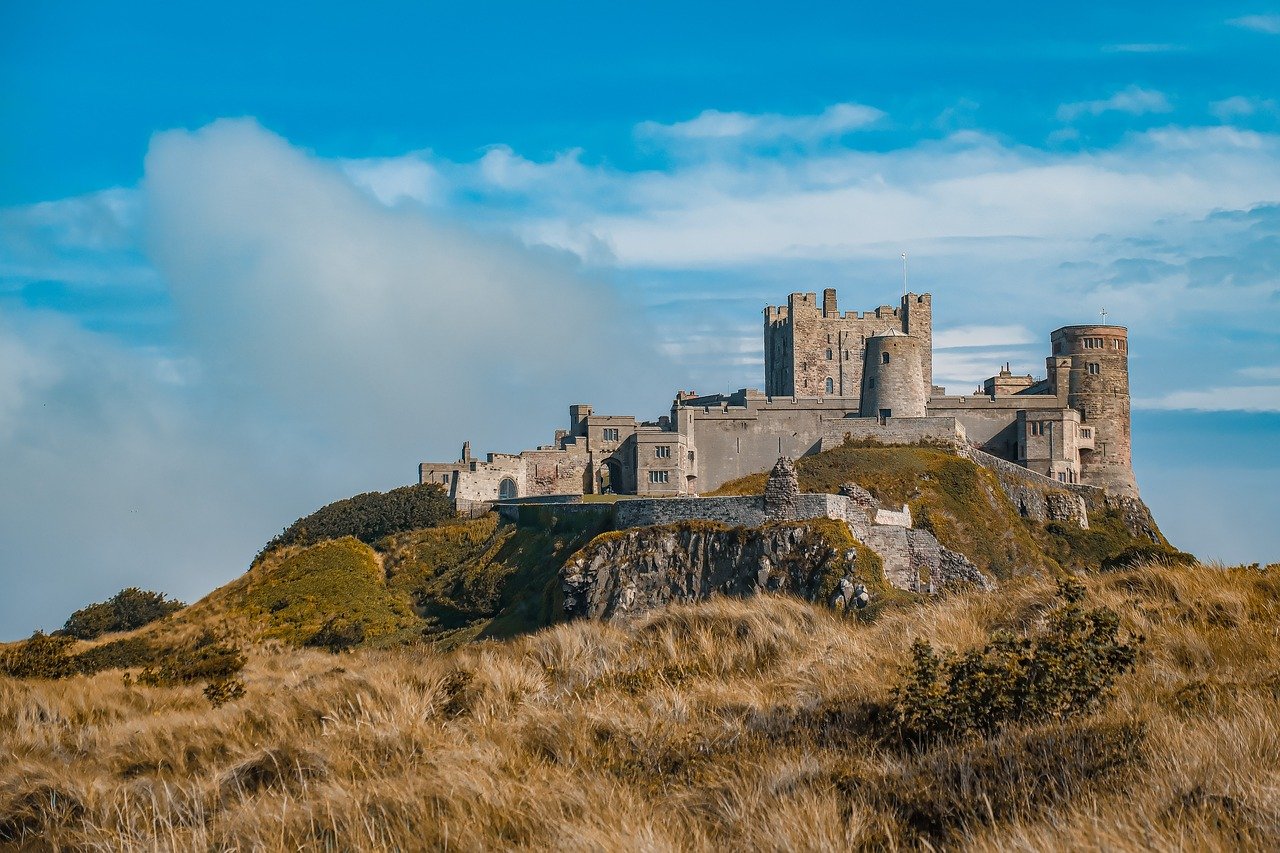
Access to the island is controlled to preserve its delicate ecosystem, and visitors must pay an environmental preservation fee. Flights from Recife or Natal provide access to the island, where you can join guided tours or rent equipment for independent exploration. Be sure to visit Baía do Sancho, often ranked among the world’s best beaches, for a truly remarkable experience.
8. The Ancient Landscapes of Chapada dos Veadeiros National Park
Chapada dos Veadeiros National Park, located in the state of Goiás, is a UNESCO World Heritage site known for its ancient geological formations and biodiversity. The park’s rugged terrain is adorned with deep canyons, quartz crystal formations, and cascading waterfalls, creating a landscape that feels both mystical and timeless.
The town of Alto Paraíso de Goiás serves as a base for exploring the park, with guided tours offering insights into the park’s unique flora and fauna. Hiking is the best way to experience Chapada dos Veadeiros, with trails leading to breathtaking viewpoints and secluded waterfalls. Don’t miss the chance to visit the Valley of the Moon, where eroded rock formations resemble a lunar landscape.
9. Tips for Visiting Brazil’s National Parks
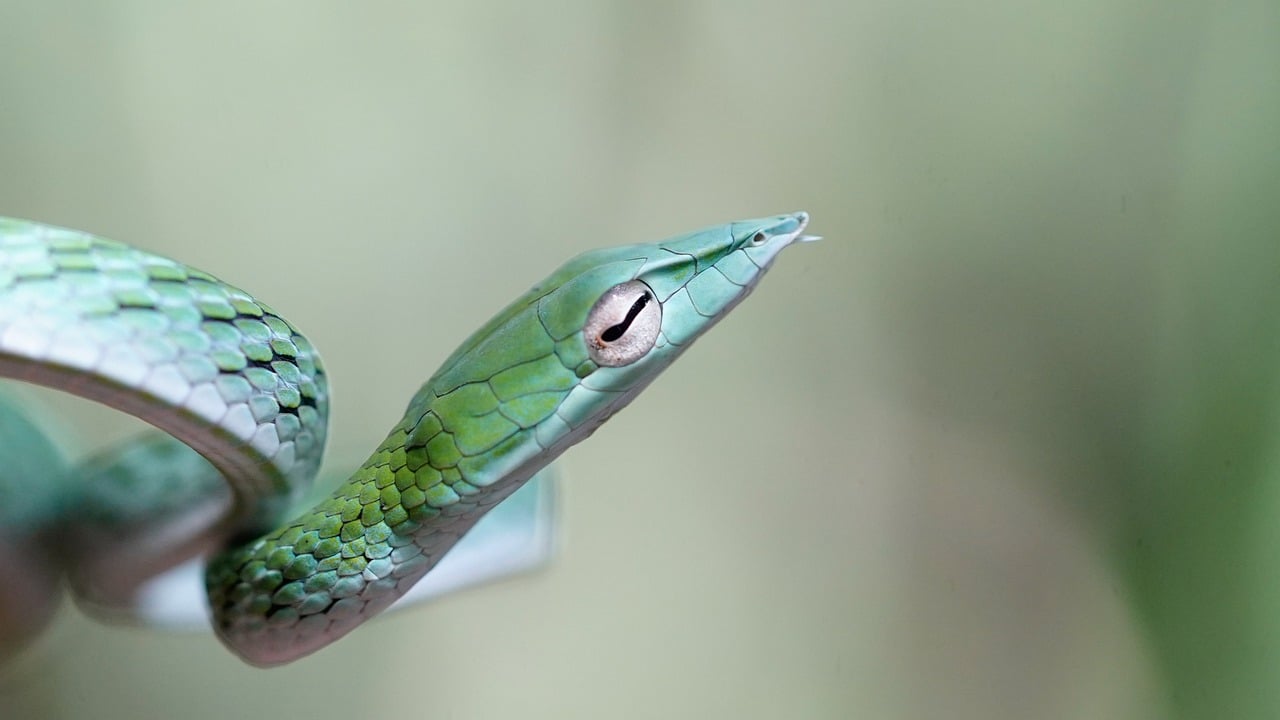
While Brazil’s national parks offer incredible natural beauty, visiting them requires careful planning. Here are some tips to enhance your experience:
- Research the Best Time to Visit: Each park has its optimal visiting season. Consider weather patterns and wildlife activity when planning your trip.
- Book Guided Tours: Local guides provide valuable knowledge and ensure safety in remote areas. They can also help you spot elusive wildlife and learn about the park’s history and ecology.
- Respect Local Regulations: Follow park rules and guidelines to minimize your impact on the environment. This includes staying on designated trails, not feeding wildlife, and properly disposing of waste.
- Pack Appropriately: Bring essentials such as sturdy hiking boots, sun protection, insect repellent, and sufficient water. Depending on the park, additional gear like snorkeling equipment or binoculars may be beneficial.
- Support Sustainable Tourism: Choose eco-friendly accommodations and tour operators that prioritize conservation and support local communities.
Conclusion: Embrace the Beauty of Brazil’s Wilderness
Brazil’s national parks are a testament to the country’s rich natural heritage. They offer a glimpse into some of the most diverse and breathtaking environments on Earth. Whether you’re navigating the Amazon’s dense canopy, traversing the Pantanal’s wetlands, or marveling at the Iguazu Falls, each park provides a unique and memorable experience.
By planning your visit thoughtfully and respecting these fragile ecosystems, you contribute to their preservation for future generations. So pack your bags, lace up your boots, and embark on an adventure to uncover the wonders of Brazil’s national parks. Let the vibrant landscapes and diverse wildlife inspire a deeper appreciation for the natural world.






